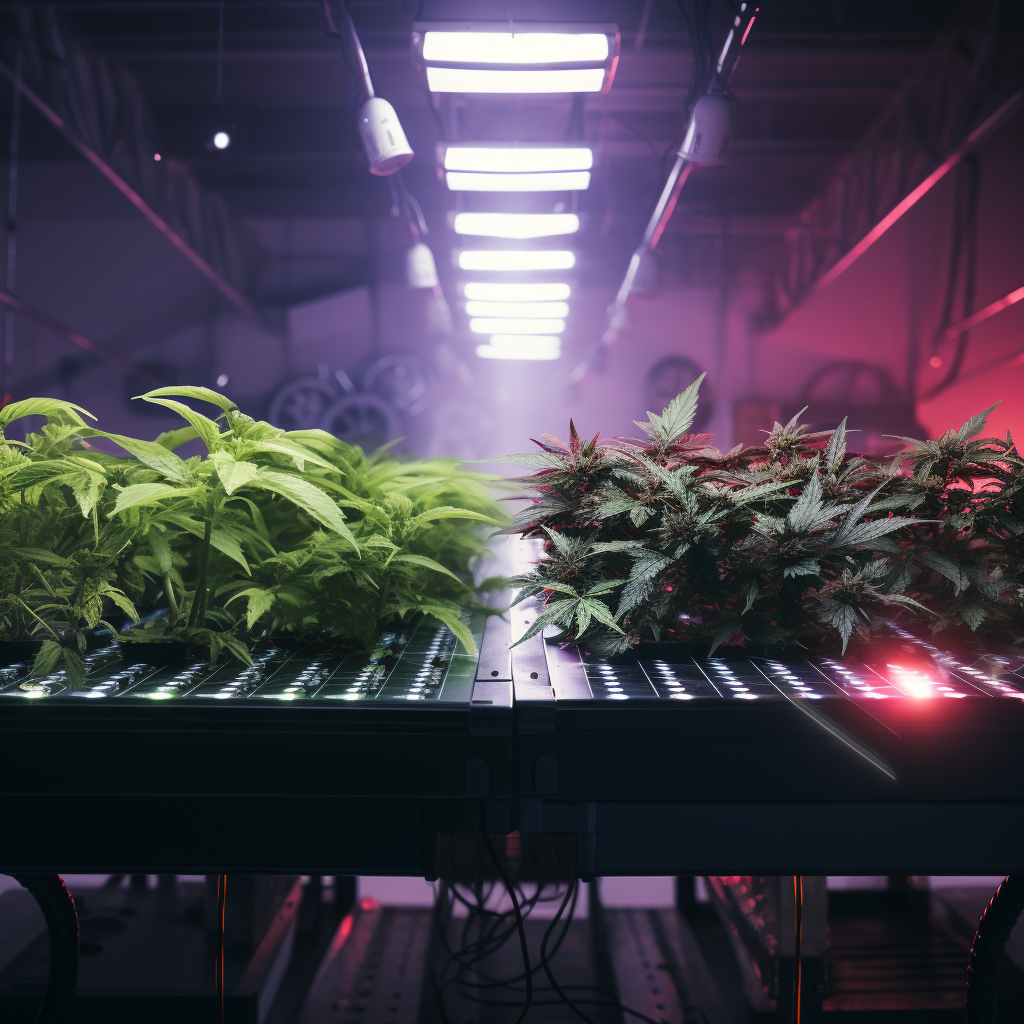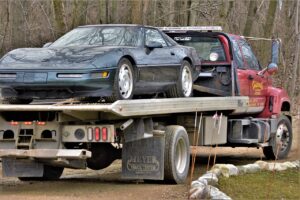In the realm of indoor farming and hydroponics, choosing the right type of power cable for your grow lights is a decision that can significantly impact the efficiency and effectiveness of your lighting system. Two main types of power cables are used in grow light setups: AC (Alternating Current) and DC (Direct Current). This article by WiringLabs provides a technical comparison between AC and DC power cables, helping you make an informed decision for your grow light needs.
AC Power Cables: Pros and Cons
Advantages:
- Wider Availability: AC power is the standard form of electricity supplied to homes and businesses, making AC power cables more readily available.
- Long-Distance Transmission: AC power is more efficient for long-distance transmission, making it ideal for larger setups where grow lights are spread out.
- Compatibility: Most commercial grow lights are designed for AC power, ensuring easy compatibility.
Disadvantages:
- Energy Losses: AC power can experience higher energy losses over distances, which might be a concern in very large setups.
- Complexity in Conversion: If your grow lights require DC, an AC to DC converter is necessary, adding complexity to the setup.
DC Power Cables: Pros and Cons
Advantages:
- Efficiency in Short Distances: DC power is more efficient over short distances, ideal for small to medium-sized setups.
- Stable Power Supply: DC offers a more stable power supply, which can be beneficial for sensitive LED grow lights.
- Reduced Energy Loss: DC power experiences less energy loss, especially in low-voltage applications, making it more efficient in certain setups.
Disadvantages:
- Limited for Long Distances: For larger installations, DC can be less efficient over long distances without proper voltage management.
- Availability: DC power requires a conversion from the standard AC power supply, which can add an extra step in the setup process.
Technical Considerations
- Distance and Layout: Consider the distance and layout of your grow light system. AC might be more suitable for larger, spread-out setups, while DC could be more efficient for compact areas.
- Type of Grow Lights: Check the specifications of your grow lights. Some are designed specifically for AC or DC, which will guide your choice.
- Energy Efficiency: Assess the energy efficiency of each option in relation to your setup. DC might offer savings in smaller, more concentrated setups.
Safety and Installation
Regardless of your choice, safety in installation and maintenance is paramount. Ensure proper insulation, secure connections, and adherence to electrical codes. Regular inspections and maintenance will also prolong the lifespan and efficiency of your grow light system.
Conclusion
Both AC and DC power cables have their place in powering grow lights, and the best choice depends on the specific requirements of your indoor farming setup. Consider the technical aspects, the nature of your grow light system, and energy efficiency when making your decision.
If you need custom wiring harness or cable assemblies, feel free to contact WiringLabs.




